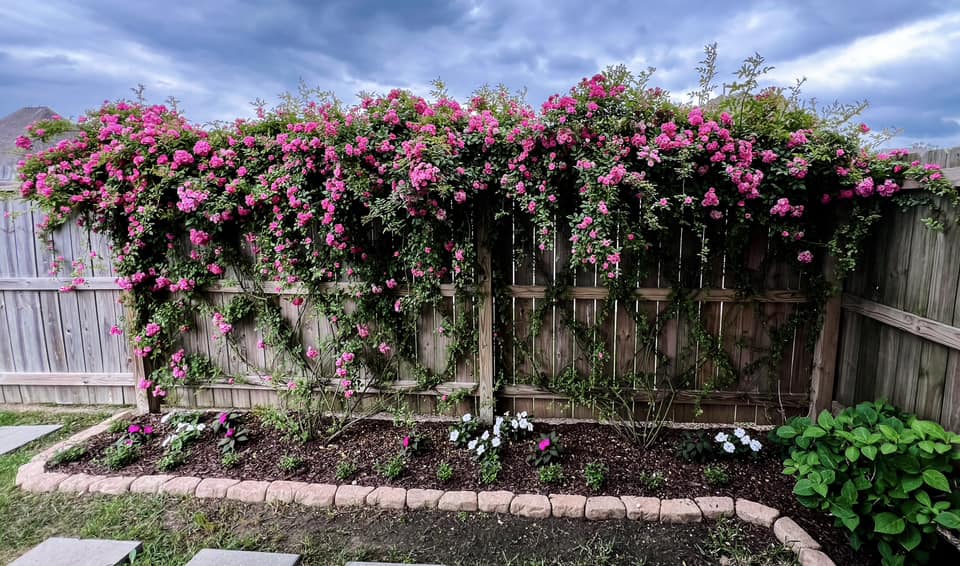What is Heat Stress?
Having worked at Louisiana Nursery for many years now – both out on the lot and inside the office – I’ve seen my fair-share of heat-stressed plants. Even with sprinklers in the morning and multiple hand-waterings a day, some plants still end up dropping their leaves. In 2023, all the negative effects feel like they’ve been put under a magnifying glass. We’ve gotten used to hearing “record breaking” in reference to temperatures, but this year has truly been brutal on both people and the landscape. We’re all taking precautionary measures: drinking extra water, limiting physical activity, and staying shaded or indoors whenever possible. But who’s looking after our poor plants?

In this article, we’ll go into detail about the preventative measures you can take to avoid heat-stressed plants, and what to expect once heat-stress has already set-in.
First off: What is heat stress, and why is it a problem? Gardeners typically find two different forms of direct damage from the heat: UV damage and heat-induced wilting. UV damage is like the tissue damage we suffer on our skin, meaning your leaves can get sunburned from too much direct sunlight. Yellowing, dried-out leaves are a common indicator of heat stress. Even without a ton of direct sunlight, extreme temperatures will cause heat stress in your plants. Though a small difference, you’ll usually see leaves turn pale green rather than yellow. You might also notice a wilted or tired look from the body of the plant. Either way, extended periods of heat-stress will lead to leaves being dropped and plants going dormant to protect themselves. If left unchecked, chronic heat stress can develop leaving you with an unproductive or even dead plant.

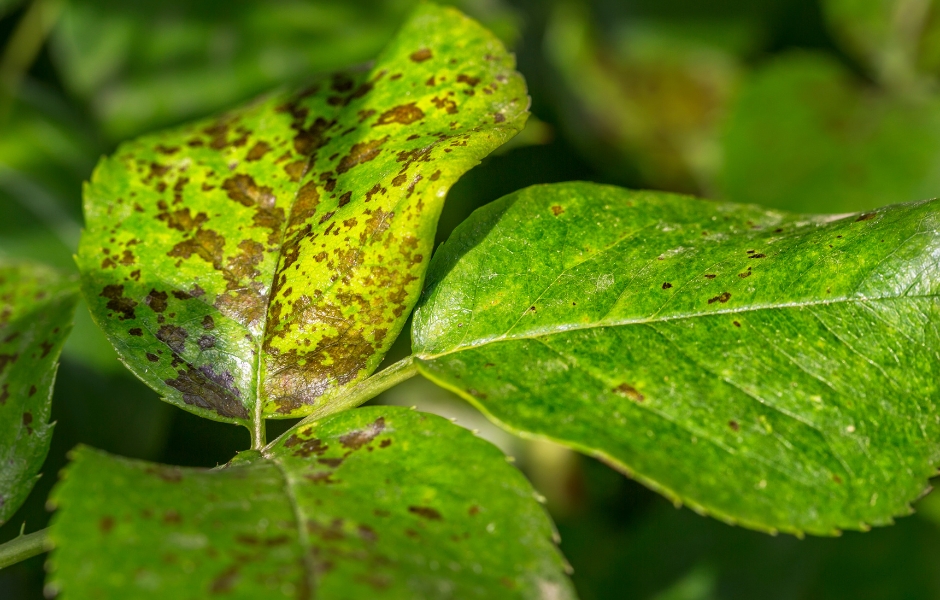
Everything Hurts Worse in the Heat
The indirect effects, in my opinion, tend to be the main culprit behind the actual death of a plant. While it’s possible if you’ve been ignoring your garden for an extended period, the problem tends to be the usual suspects becoming more dangerous. A large shrub of 10-15 years will have survived countless diseases and bug infestations over its lifetime. While not beneficial, it will likely recover without much issue. When the plant is already weakened from chronic heat stress, however, the bugs or disease might be what pushes it over the edge.
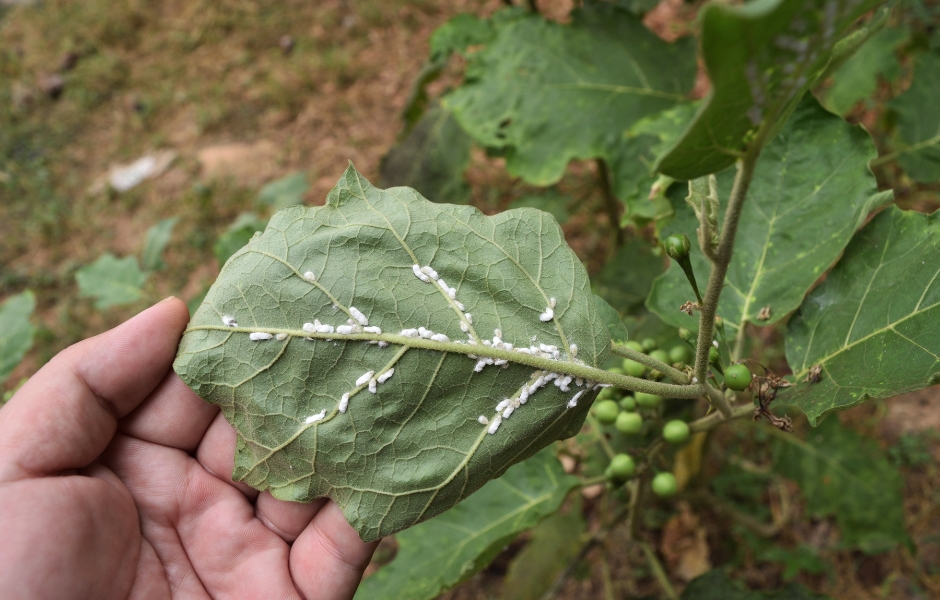
Mulching: A Protective Blanket
As is often the case in the world of gardening, prevention is the easiest way to keep your plants happy and healthy. We use preventative measures for weeds, for diseases and fungi, and for insect infestations. The same principle applies to unusually high temperatures. The first and most obvious step you should take is to change your watering habits. Being aware of when temperatures hit 90 and above, and adjusting your sprinkler times or hand watering schedules, might be enough to deal with hot summers entirely. Another good practice is to properly mulch all your plants, even the ones in pots. Mulching provides two great benefits in this scenario: moisture retention, and direct UV protection. You’re already watering earlier in the day and deeper than before; Mulching boosts these efforts by retaining those deep-waterings for longer. As for direct protection, the idea is simple: mulch is an added barrier between the delicate root system of your plants and the harsh rays of the sun. I can say from experience that – even with careful and regular watering – the sun’s rays will damage roots through bare soil. If nothing else, it keeps the soil temperature in a much more comfortable range for the roots.
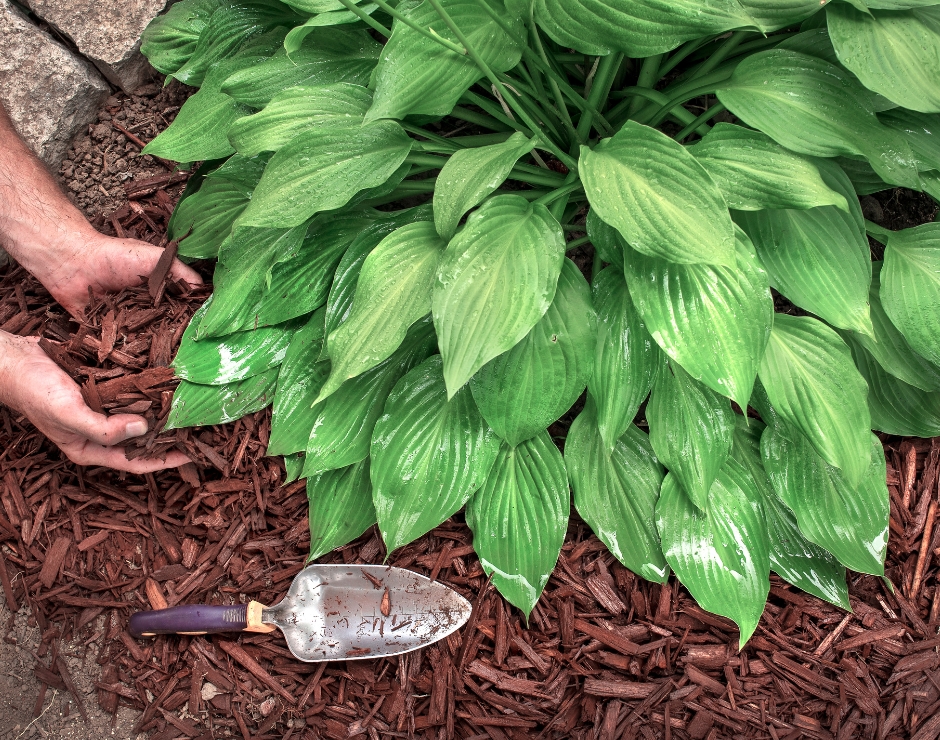
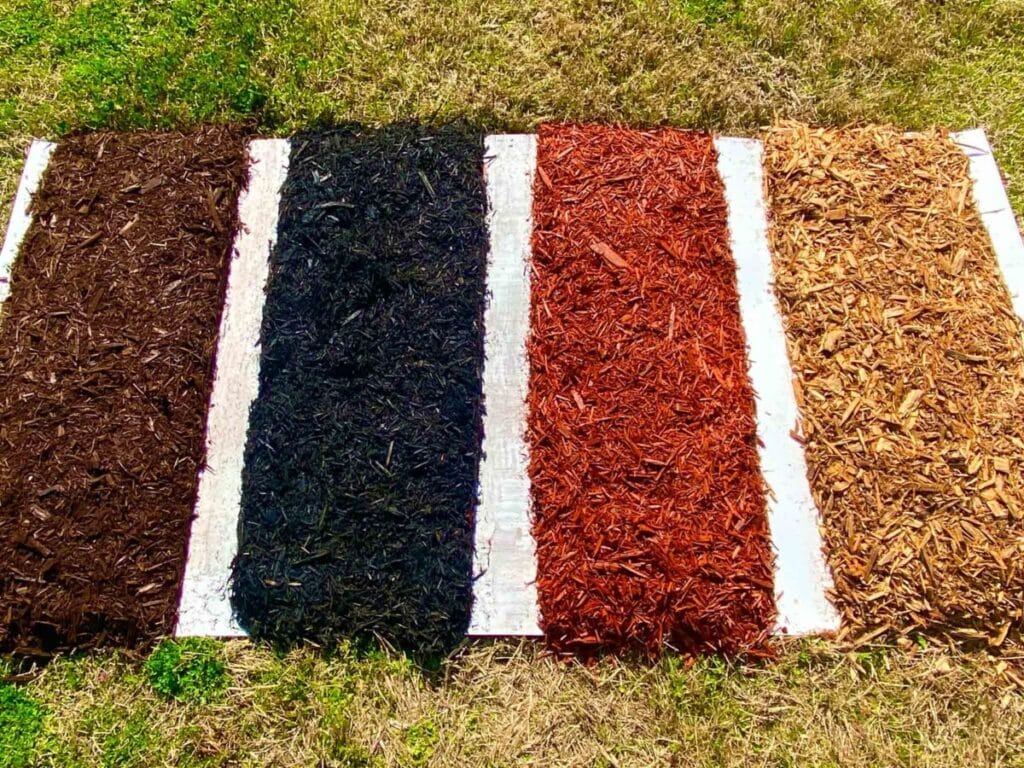
Make Your Plants Stronger
Another preventative measure I live by also has to do with roots: applying a root stimulating hormone. This isn’t something that can go into effect as immediately as mulch, but products like Ferti-lome’s Root Stimulator really do wonders. It will help your plants develop a larger, more vigorous root system in a shorter timeframe. I planted a lime tree in the early spring this year. Between heavy mulching and multiple root stimulator applications, I haven’t seen a single yellow leaf throughout this entire summer. I’ve also been able to keep my relatively low-maintenance watering schedule of two to three times a week. Rooting hormones, careful inspections for diseases and non-beneficial bugs, basically all the usual problems need to be dealt with to give your plants their best chance in these harsher conditions.
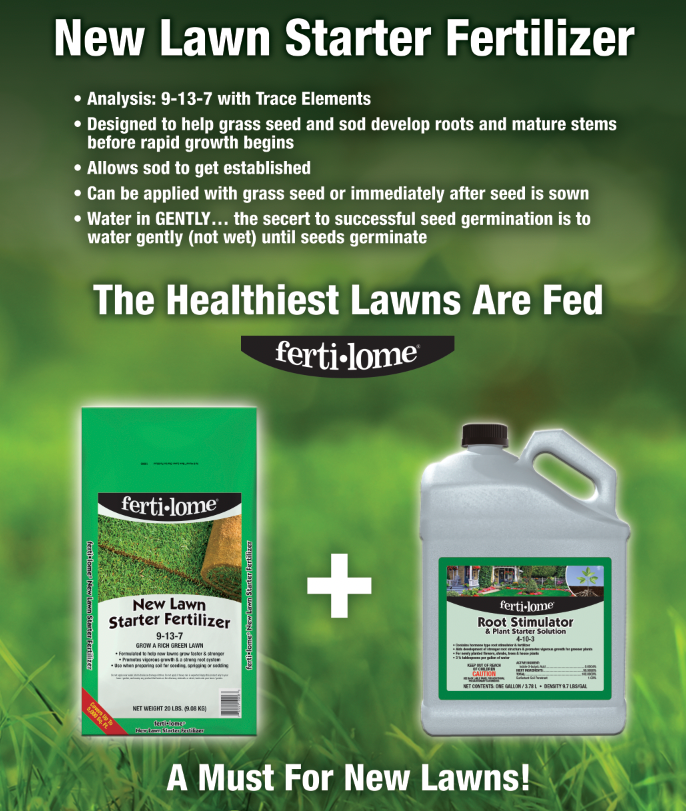
Give Your Plants Some Shade!
If my lime tree was still somewhat stressed, the simple but effective shade-cloth / covering would be my preventative last resort! This works best if you’re able to give your plants full sun in the morning and shade in the blistering afternoons, but bringing plants in before work will still help more than hurt. For container plants, bring them under the patio to reduce direct sunlight. Just remember that your plants still need their sunlight to grow, and this should only be used for especially brutal days of the summer. In 2023, that may be for weeks rather than days.
Every Plant is Different
If your plants are under heat stress already, you’ve got some hard decisions to make. For citrus trees and woody shrubs, it can be as simple as removing the burnt, dried leaves and continuing a vigorous care routine. For bedding flowers and herbaceous plants generally, the damage is likely already done. Each and every plant is different; deep watering to compensate for harsh conditions may work for some but be detrimental to others. This is just another reminder that an awareness of the weather and your plant’s needs ahead of time will avoid energy spent on futile projects. If you’re dead set on recovery, using the shade cloth or patio to change the amount of direct sun is your best bet. Whatever you do, don’t prune or cut back your plants during this time. You might be surprised come fall when that green growth starts to come back.

We could think of this summer as an aberration – as the hottest summer we’ve ever seen. If trends continue in the direction of the last decade, it might be the coldest summer for the rest of our lives! Either way, careful attention to the climate and weather patterns will make you a more successful gardener. That may mean extra time on the sprinklers, or even different plants altogether.
Written by Beau Mutrie


